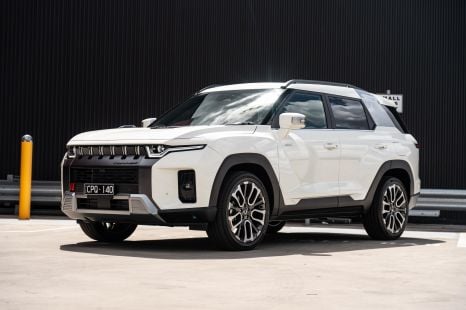

Max Davies
6 Days Ago

Journalist
The longest innings in the automotive sector is coming to a close.
91-year old Osamu Suzuki is set to relinquish his role as chairman of Suzuki at the company’s next annual general meeting in June.
He became president and CEO of the company in 1978 and then assumed the chairmanship in 2000.
The move will leave his son Toshihiro Suzuki, who is already president and CEO, in full control of the automaker, although Osamu Suzuki will stay on as a senior advisor.
Toshihiro Suzuki, age 62, has a degree from the Tokyo University of Science, and has been with the family company since at least 1998.
He has steadily risen through the automaker’s ranks holding titles such as plant manager and general manager, as well as being a representative to General Motors.
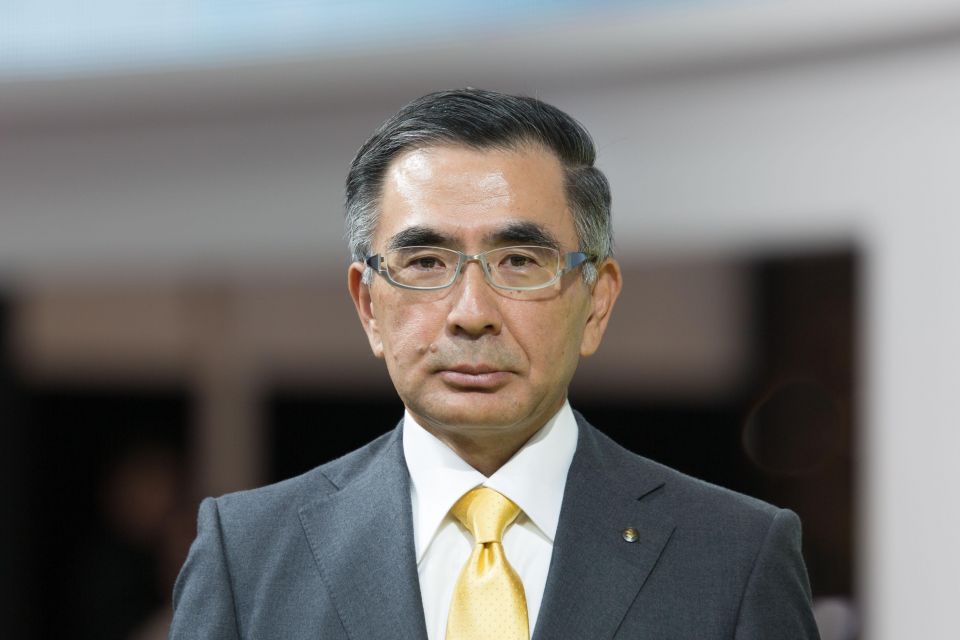
In 2015 he was made president, effectively making him his dad’s successor.
Speaking to news outlets overnight, including Reuters, Osamu Suzuki said he decided to move on after the recent approval of a new five-year management plan, and steering the company past its 100th anniversary last year.
At the same press conference Toshihiro Suzuki told reporters: “Carbon neutral is the focus now. Suzuki must not fall behind this global trend.”
Suzuki’s new “Sho-Sho-Kei-Tan-Bi” plan – or “smaller, fewer, lighter, shorter and neater” – states the company will develop its own electrification technologies by 2025, and have its production facilities carbon neutral by 2050.
Electrified drivetrains will be introduced to its Indian vehicles as “required by society in response to environmental issues” while maintaining its 50 per cent share of the market.
Suzuki also aims to keep its 30 per cent share of the kei car segment in Japan.
The automaker also says it will “deepen” its alliance with Toyota with increased co-operation in electrified vehicles, and the African market.
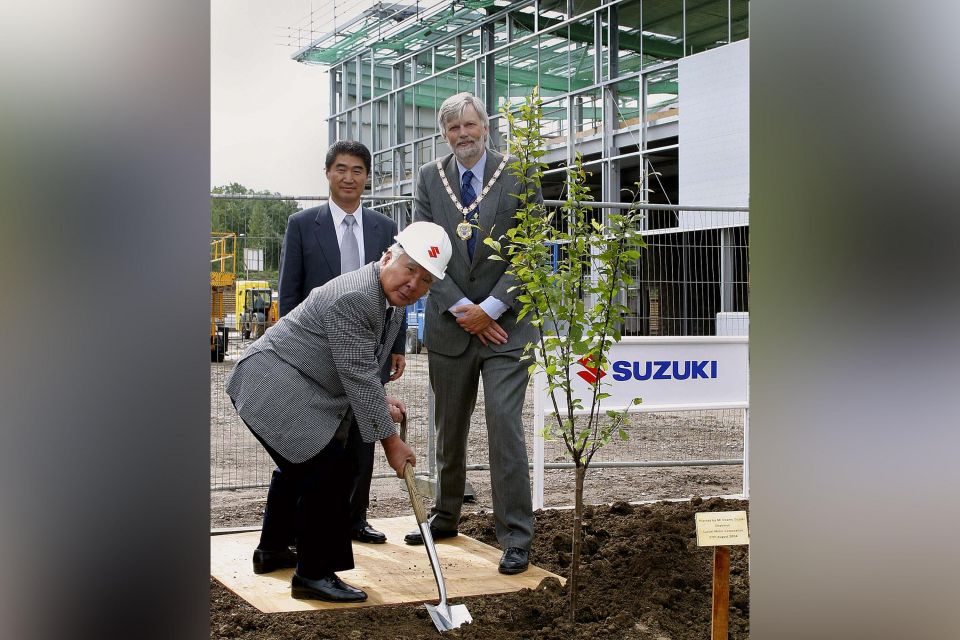
To Western eyes, Osamu Suzuki’s ascent to the top of his namesake automaker seems unusual.
Born in 1930 as Osamu Matsuda, he married Shoko Suzuki, the granddaughter of the company’s founder, Michio Suzuki. As Michio only had daughters and granddaughters, he adopted Osamu, who then took his wife’s surname.
He joined the company in 1958, and had a number of management positions before being appointed CEO in 1978.
While most automakers have a broad range of vehicles of different sizes, and spanning a wide variety of prices, Suzuki concentrates on small vehicles, largely targeted at Japan or developing countries.
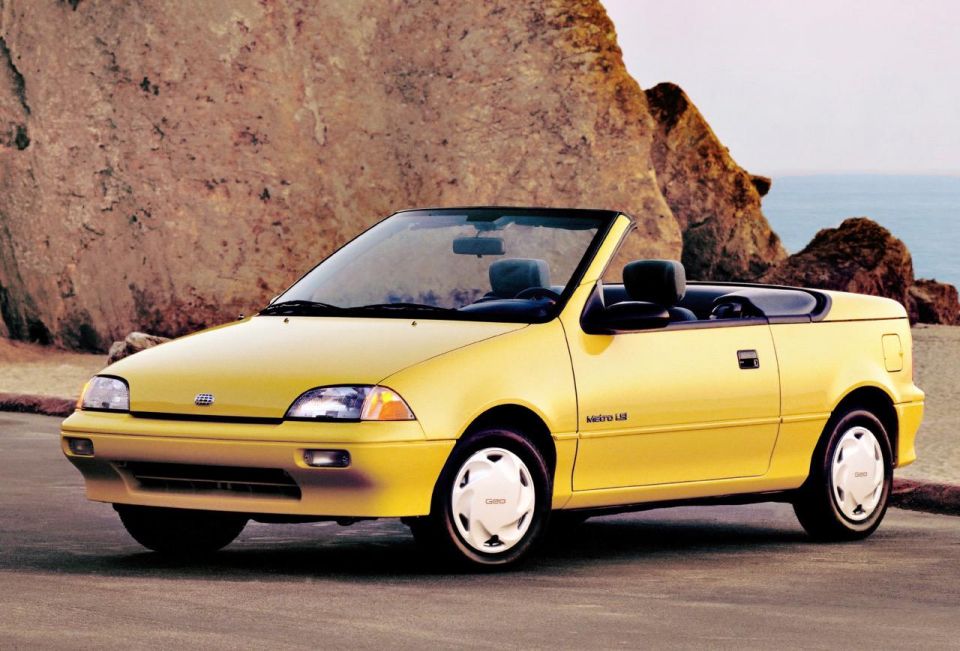
Despite selling primarily low-cost vehicles, the company has been routinely profitable through Osamu Suzuki’s relentless pursuit of cost control, including cutting the number of lights in factories or insisting employees use cheaper bullet train tickets with more stops or transfers.
During his later years he relinquished day-to-day control, but his presence loomed large over the firm.
He was routinely on-hand to make major announcements, including the company’s hybrid and model-sharing partnership with Toyota.
During his entire time at Suzuki, Osamu has forged partnerships where necessary. Firstly with GM in the 1980s to break into the European and North American markets, and then Volkswagen in 2009 to gain access to diesel and hybrid vehicle technology.
While the alliance with Volkswagen ended spectacularly, with the German company forced to sell its Suzuki shares back to the firm, one partnership stands as Suzuki’s crowning glory: Maruti Suzuki, a joint venture with the Indian government.
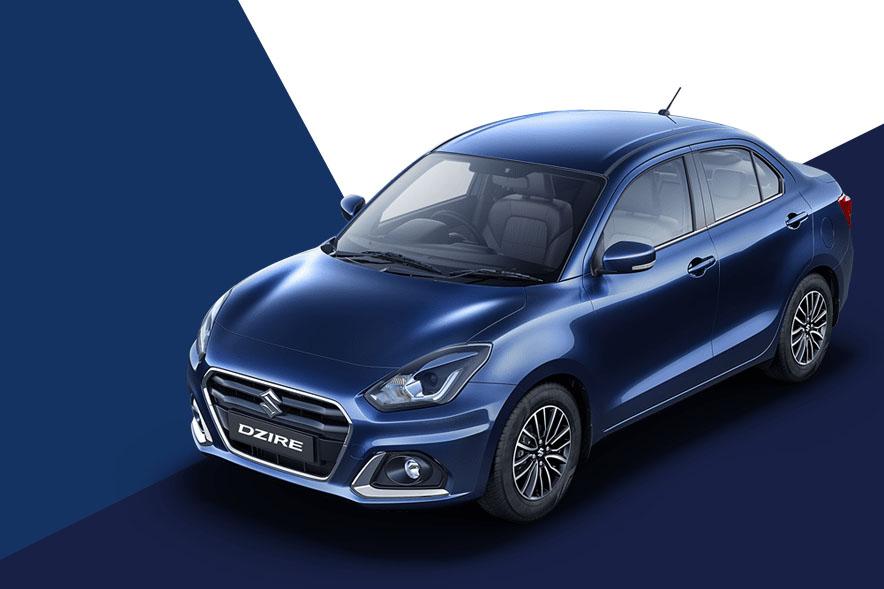
The first Maruti Suzukis arrived in the subcontinent in 1982, and there was initial skepticism about whether it could meet its annual sales target of 40,000 cars per year.
Suzuki’s modern design and technology, however, convinced Indians to abandon the Hindustan Ambassador, a car that began life as the 1956 Morris Oxford. Now the company controls at least 50 per cent of Indian passenger car market, which has averaged around three million annual sales over the last few years.
Although he will soon no longer hold a board seat, he will “remain active” at Suzuki as an adviser, and has previously vowed to work until he dies.
CarExpert does the hard work to get you the best price. No negotiating, no hidden costs, just expert help and real savings on your next new car.
Derek Fung would love to tell you about his multiple degrees, but he's too busy writing up some news right now. In his spare time Derek loves chasing automotive rabbits down the hole. Based in New York, New York, Derek loves to travel and is very much a window not an aisle person.


Max Davies
6 Days Ago


Matt Campbell
5 Days Ago
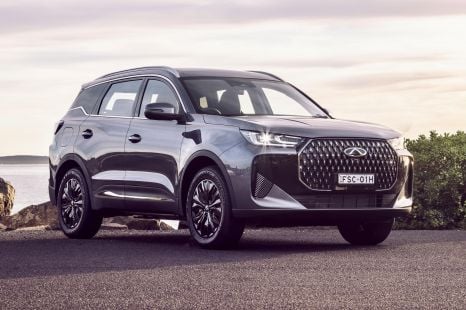

Max Davies
4 Days Ago


Josh Nevett
3 Days Ago
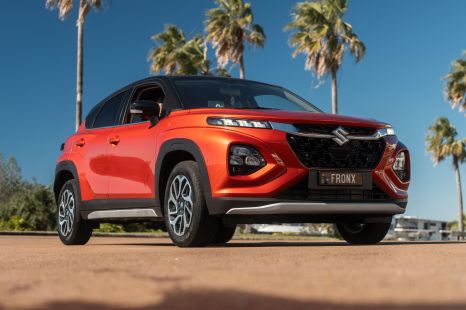

William Stopford
2 Days Ago
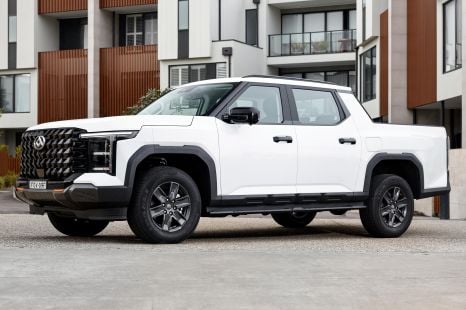

Damion Smy
1 Day Ago